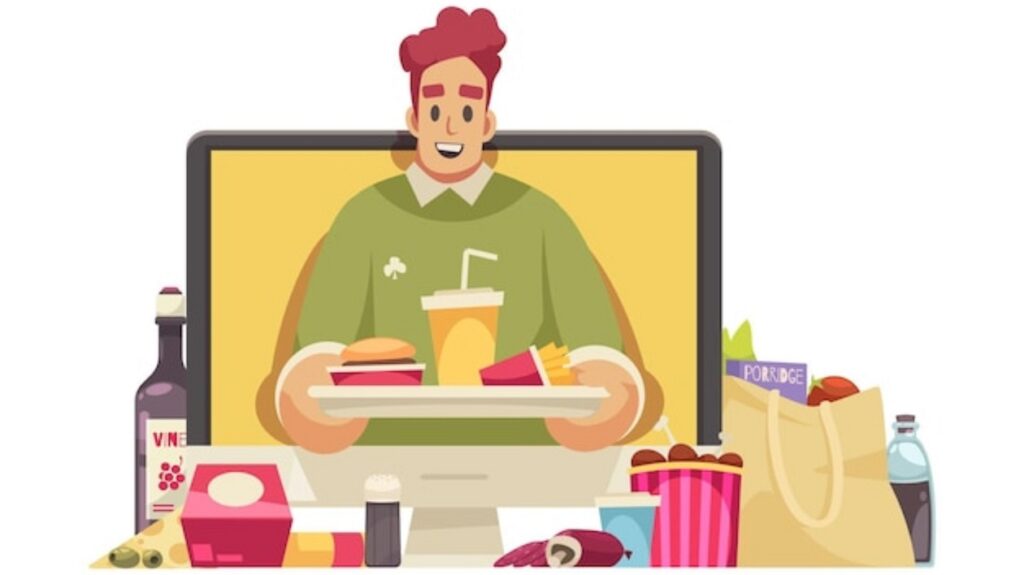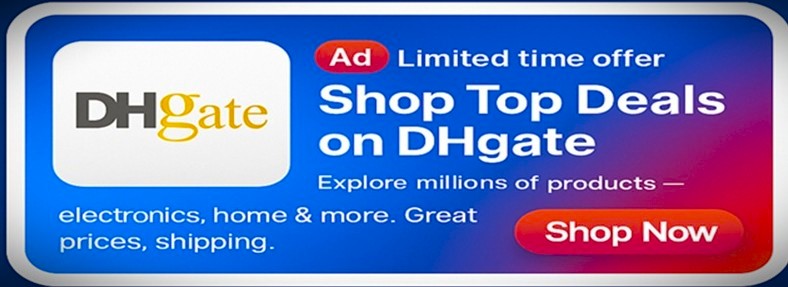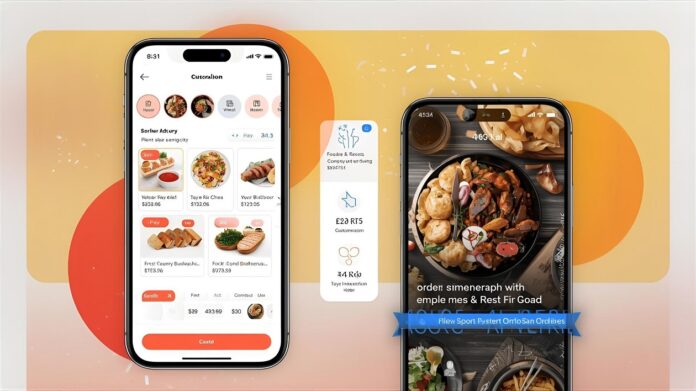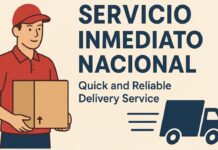For most independent operators, off-premise sales have become the make-or-break variable on the P&L. Marketplaces like DoorDash and Uber Eats can create a fast revenue bump, but they also siphon margins, hijack customer data, and scatter your brand among competitors. A well-chosen white label online ordering system solves those problems in one move if you understand the mechanics and launch it with discipline. Below, we strip the topic to its essentials, focus on the highest-impact details, and give you a field-tested plan you can act on this quarter.

What a White Label Online Ordering System Means
A white label online ordering solution is software you rent but present as your own. Unlike marketplace apps that showcase thousands of restaurants side by side, a white label food delivery platform lives on your domain or in your branded mobile app. Customers never see the vendor logo; they only experience your colors, photos, and tone of voice.
Why is that more than a cosmetic difference? Because every touchpoint landing page, menu scroll, tip prompt, and confirmation email on your website feeds back into brand recall and lifetime value. When diners associate the entire digital journey with you, they are far more likely to reorder without a commission-heavy middleman.
Financial mechanics are just as important. Marketplaces typically charge 15-30% commissions, whereas white label vendors charge a flat subscription or a small per-order fee, plus the standard payment-processing cost. Control over pricing, fees, and promos returns to you, letting you experiment with bundles, dynamic pricing, and localized specials at will.
The Business Case: Dollars, Data, and Brand Equity
Owning the channel changes three profit levers at once: margin, marketing reach, and menu strategy.
First, the math. Suppose you do 1,200 off-premise orders per month at a $27 average ticket.Ata258,100 in fees. Shift even half of those orders to a white label online ordering system with a $499 subscription and 33,500. In a year, you bank $42,000, enough to fund a small renovation or expand patio seating.
Second, the data. Every direct order captures email, phone number, itemized history, and location. That information fuels retargeting ads, automated “we miss you” emails, and personalized upsells (“Add our new chimichurri for $2?”). Marketplace portals deliberately wall that data off. With white label, it’s yours to deploy.
Third, brand equity. Control over fonts, imagery, and copy keeps your voice consistent and blocks the commoditization effect of scrolling through a feed of similar burger icons. Brand equity converts to pricing power; guests pay a slight premium because the digital experience feels premium.
Important Stat: The Hospitality Technology reports that 67% of consumers prefer ordering directly from a restaurant rather than through a third-party app when the option exists. That preference only matters if you give them the option.
Implementation Blueprint: From Decision to First Order
Platform switching is not a coding problem; it is more of an operational choreography. The following is a four-phase roadmap that has been summarized. At the end of each step, there is a rapid gut-check question to make sure that you can proceed.
Prior to getting into the steps, it is important to note that the success depends on the internal ownership. It is someone on your team and not the tech company that needs to be the advocate for menu updates, promo codes, and customer emails. The best system stands still without that point person.
Phase 1: Audit and Selection
Audit what you have: POS, payment gateway, kitchen display, driver management. When you are on vendor calls, demand live demonstrations of how their white label online ordering solution will communicate with your particular POS. Gut-check: Do we have real-time orders into our POS?
Phase 2: Brand and Menu Build-Out
Add photos in high resolution, color palette (HEX codes), and brand fonts. Map the menu, ruthlessly discontinue low-margin items, or reprice them. Gut-check: At the prices we have listed on the menu, do all the menu items cover our target food-cost percentage?
Phase 3: Payments, Delivery Rules, and Testing
Interlink payment gateways, establish tax policies, and establish delivery areas. After submission, run at least ten test orders, full tender, refunds, and item edits. Gut-check: Will two disparate members of staff be able to process a refund within two minutes?
Phase 4: Staff Training and Soft Launch
Host a 30-minute training session, then open the platform to loyalty members for a one-week “beta.” Capture feedback on prep times and driver hand-offs. Gut-check: Are 90% of beta orders prepared and delivered within promised times?
A one-minute increase in delivery-time accuracy raises repeat-order likelihood. Getting the logistics right isn’t optional; it’s directly tied to revenue.
Potential Pitfalls and Pro Tips
Even seasoned operators misstep when transitioning away from aggregators. The three most common traps and how to sidestep them are below.
Tech Paralysis
Another tablet feels like another distraction. Combine interfaces by routing online orders to the existing kitchen display or printer. If your vendor can’t offer that integration, pick another vendor.
“Set It and Forget It” Marketing
A branded app without promotion is a digital ghost town. Allocate at least 10% of the commission savings to Google Local campaigns, Instagram carousel ads, and table-topper QR codes that funnel guests to your white label food delivery platform.
Delivery Staffing Myopia
Running an in-house fleet can be profitable at scale, but driver call-outs happen. Most white label platforms now have “auto-dispatch” toggles that push overflow to third-party couriers instantly. Enable it from day one.
Final Takeaway
A white label online ordering system won’t fix operational bottlenecks or food-cost overruns, but it will let you monetize your brand and customer loyalty on your terms. You get lower fees, fatter data, and a direct line to the diners who already love you, provided you treat the rollout as a strategic project, not just another software subscription.
Control the order channel, and you control the conversation. Control the conversation, and you control the future of your restaurant one branded checkout screen at a time.






